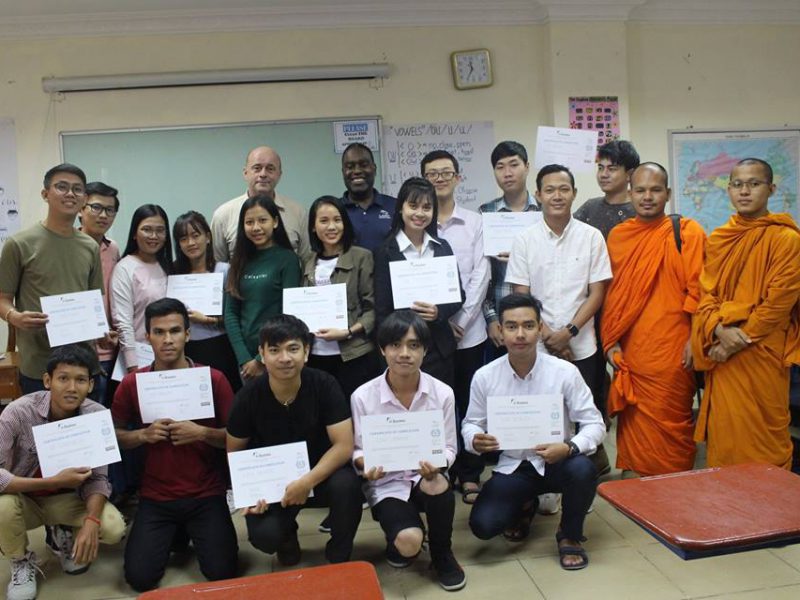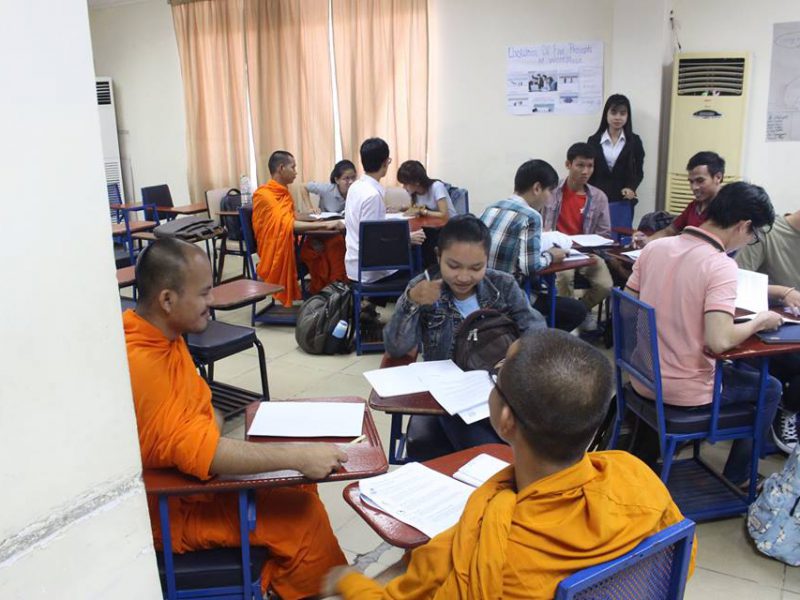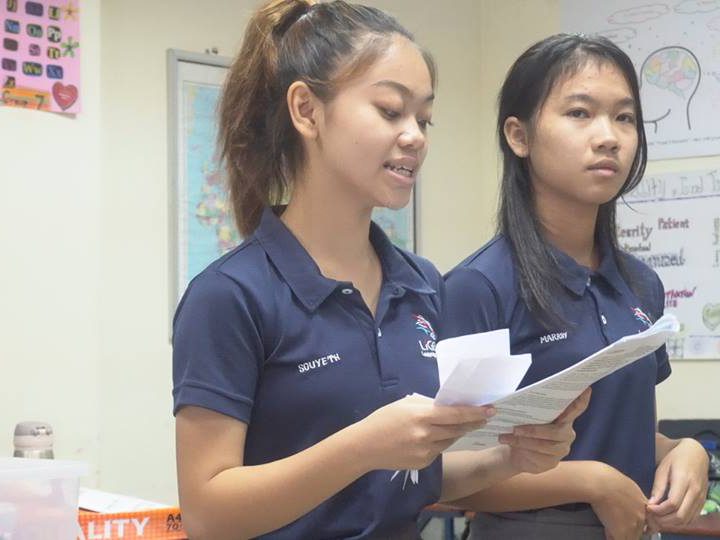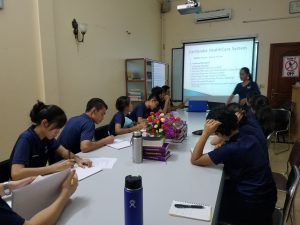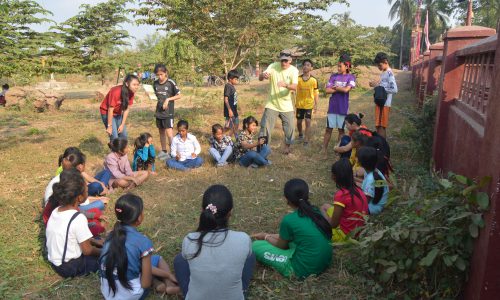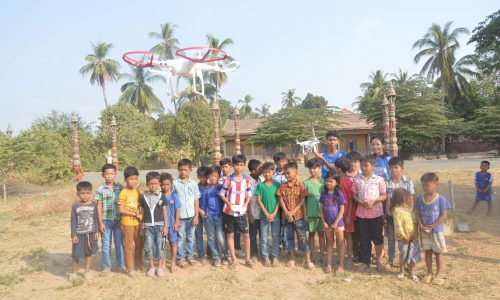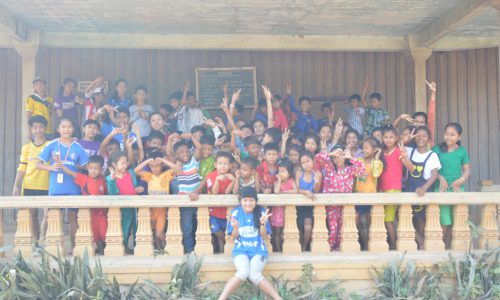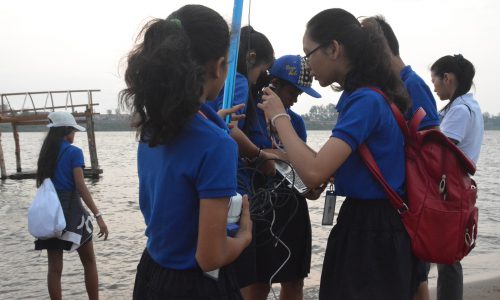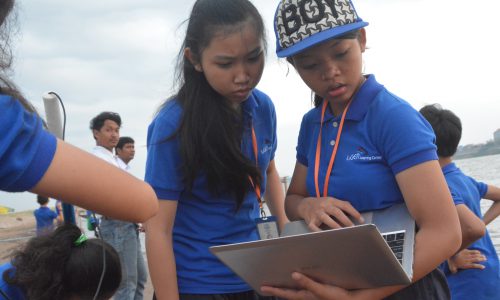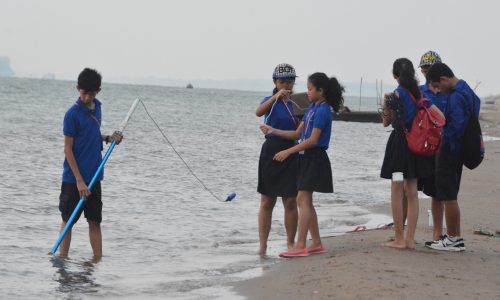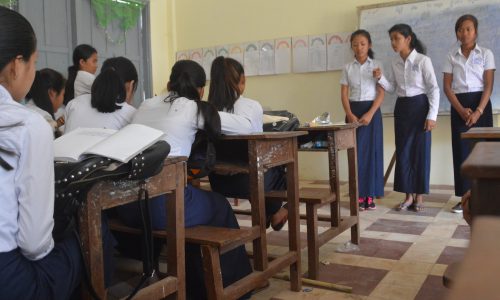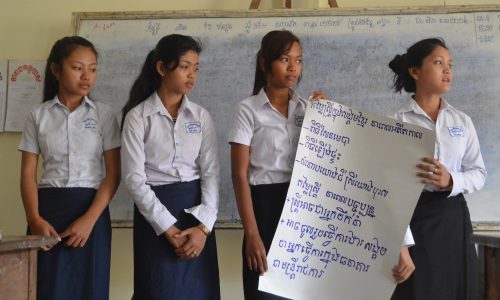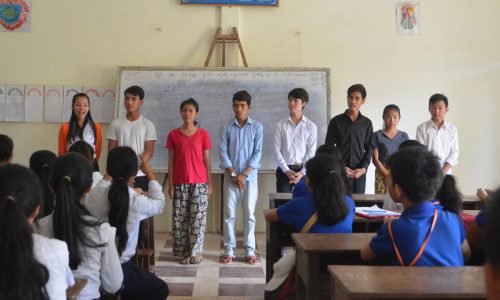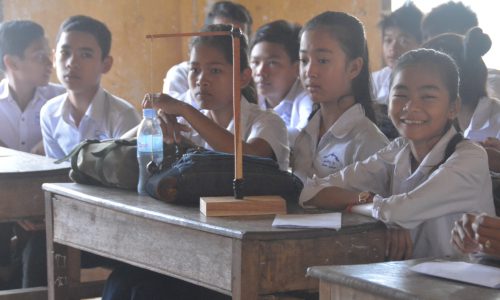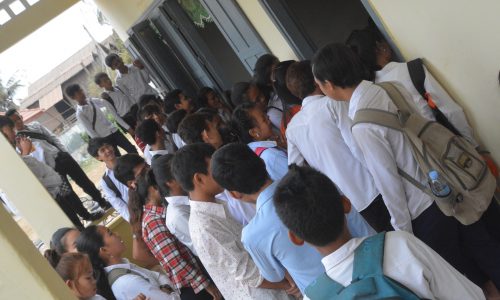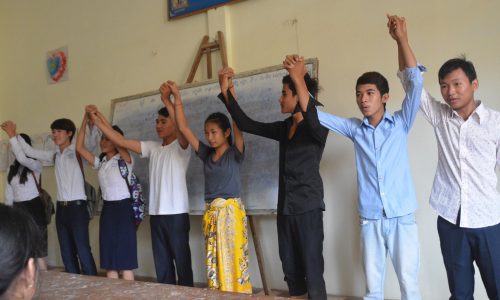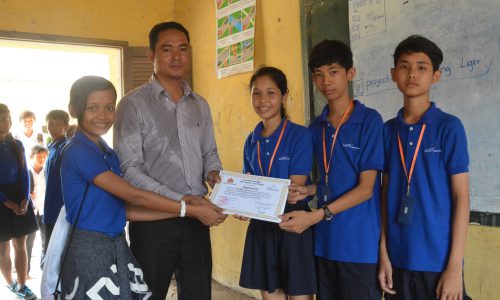Junx aims to inspire more people to do recycling, upcycling, reusing, and maintaining the fabric waste. Furthermore, 25% of Junx’s profit will be invested in community development and social impact.
The reason we decided to incorporate social responsibility into our business model is that we want to reduce fast fashion in the community; a lot of clothes are being produced quickly and there are also a lot wasted. We want to help people in many ways we can by organizing clothing swaps, assessing communities’ clothing needs, educating communities about waste management and creative solutions to waste (especially fabric and clothing). We want to be more than a brand; we are a concept and a vehicle for change.

